Lab Week 3: Lycophytes and Monilophytes
1/26
There's no tags or description
Looks like no tags are added yet.
Name | Mastery | Learn | Test | Matching | Spaced |
|---|
No study sessions yet.
27 Terms
Which came first: the Lycophyte or the Monilophyte?
Lycophytes
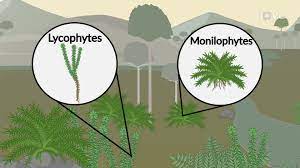
Lycophytes
oldest group of vascular plants; contains club mosses, spike mosses, and quillworts; lacks seeds
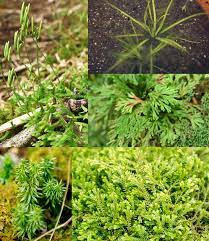
Monilophytes
Ferns, horsetail, and whisk fern: monophyletic clade meaning they all share a common ancestor
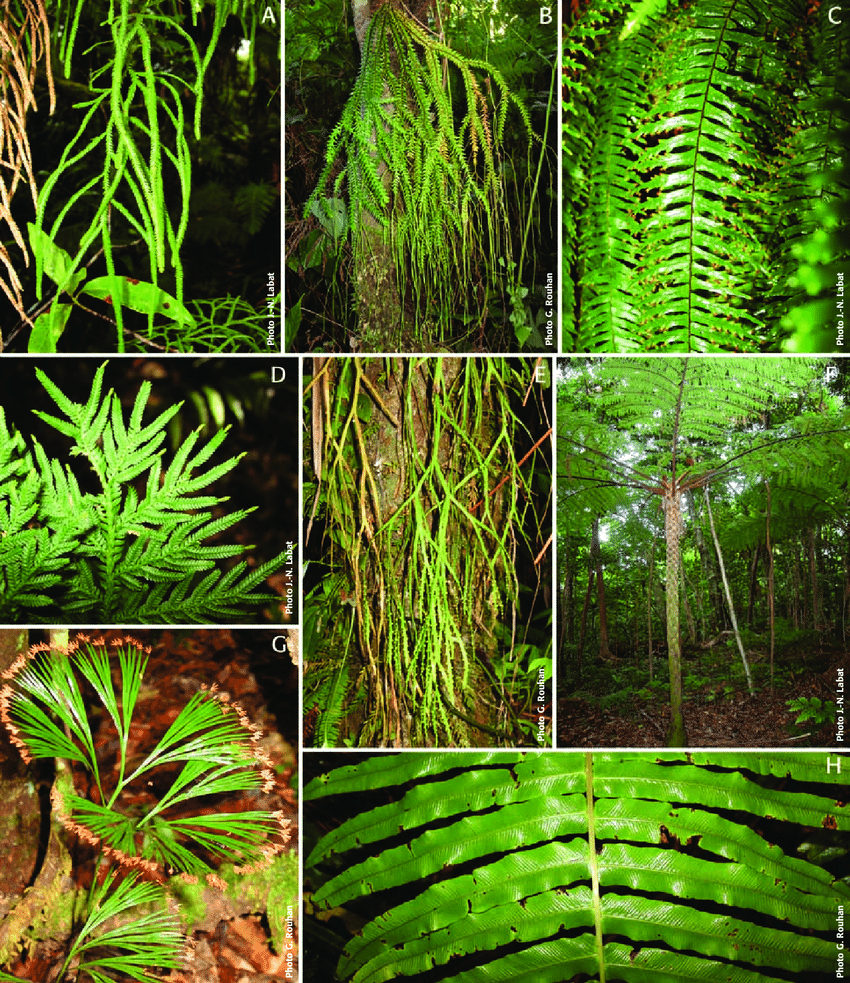
Microphyll
Unbranched vascular tissue characteristic of lycophytes

Megaphyll
True leaves with branched vascular tissue; marked the branching of monilophytes

Strobili
cone-like structures containing sporangia
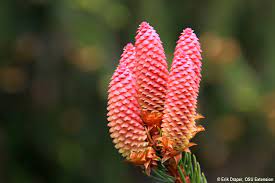
Heterospory
Derived trait meaning to produce two types of spore: the megaspore and microspore. This trait is present in Isoetaceae, Selaginellaceae, and Water Ferns
Psilotaceae
Whisk ferns; homosporous; no true roots or leaves JUST STEMS! Sporangia fused into synangia
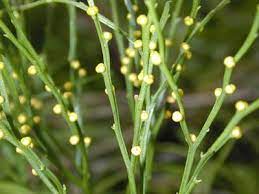
Isoetaceae
quillworts
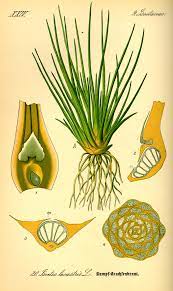
Salviniales
water ferns
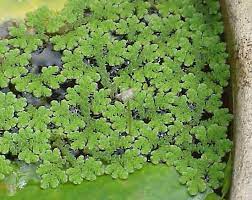
Homospory
Ancestral trait; produces one type of gametophyte. This trait is present in Lycopodiaceae, psilotaceae, ophioglossaceae, equisetaceae, marattiaceae, and most polypodiidae
Megaspores
develop into female gametophytes (eggs)
microspores
develop into male gametophytes (sperm)
Selaginellaceae
spike mosses; heterosporous, with sporangia at the bases of sporophylls atop the plant.
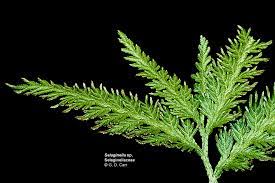
Synangia
A group of fused sporangia
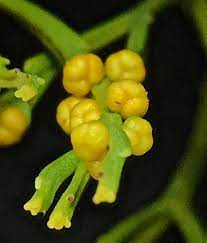
Ophioglossaceae
Grape ferns; leaves arranged in two sections: a photosynthetic trophophore and a sporangia-bearing sporophore
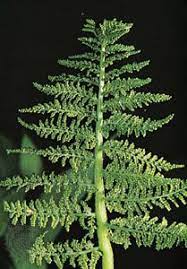
trophophore
sterile, photosynthetic
sporophore
fertile, sporangia-bearing part of the plant
Marattiaceae
Marattoid ferns; homosporous; eusporangiate; contains synangia
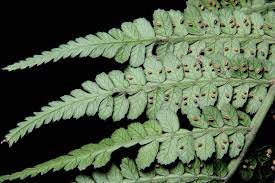
leptosporangiate
sporangia arise from a single cell
eusporangiate
sporangia arise from multiple cells
water ferns
heterosporous; adapted to float on water; special cavities for nitrogen-fixing cyanobacteria
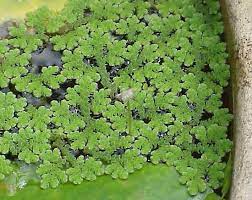
sori
clusters of sporangia
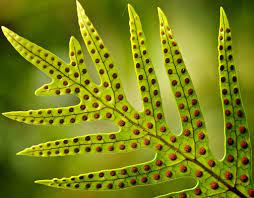
indusia
cover sori (a.k.a.covers clusters of sporangia)
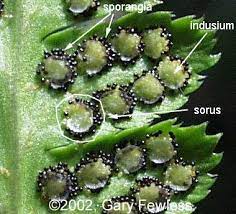
pinnate
leaflets arranged on either side of the stem, typically in pairs opposite each other
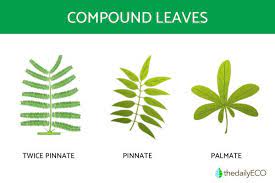
Which trait do Isoetaceae, Selaginellaceae, and Water Ferns share?
Heterospory
dimorphic fronds
characteristic of some ferns exhibiting sexual dimorphism (males and females different); one frond fertile, one frond is sterile